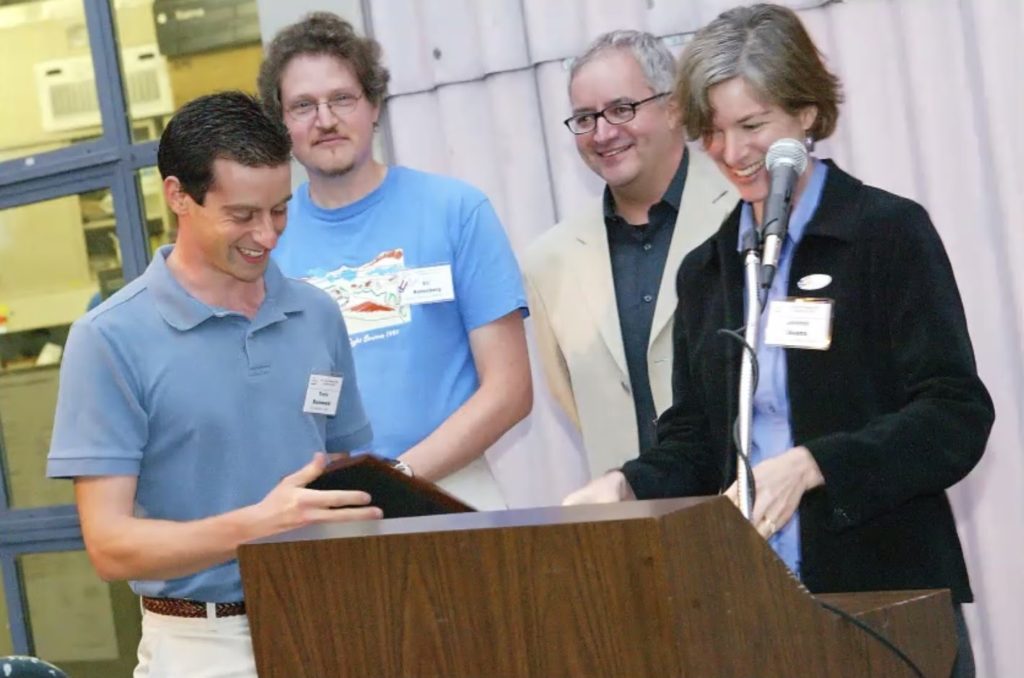The upgrade of the Advanced Light Source (ALS-U), the project I’m working on, has received CD-2 approval from the US Department of Energy, meaning that we are gearing up towards final design and will soon start ordering tons of magnets and mirrors, and transform our beloved light source into a laser-like source of x-rays, to enable the next generation in batteries, solar cells, computers and medicines (among many other things:)
Here’s a few recent highlights from the research enabled by the little synchrotron that could:Advanced Light Source Upgrade Project Achieves Major Milestone
- Jennifer Doudna and the Nobel Prize: The Advanced Light Source Perspective
- Staff at Berkeley Lab’s X-Ray Facility Mobilize to Support COVID-19-Related Research
- A COSMIC Approach to Nanoscale Science
- Battery Breakthrough Gives Boost to Electric Flight and Long-Range Electric Cars
- A 1-Atom-Deep Look at a Water-Splitting Catalyst
- News Center Unique X-Ray Microscope Reveals Dazzling 3D Cell Images
- The Spintronics Technology Revolution Could Be Just a Hopfion Away
A last bit of research by my colleague Alex Frañó (and friend from the ALS Users’ Executive Committee) gets my neurons randomly firing up at night: Rethinking the fundamental way electrons interact in superconducting quantum materials. It progressively appear that skyrmions and superconductivity may be intimately related: A New Twist Reveals Superconductivity’s Secrets (Quanta magazine.) If this is true, we’re on the verge of a major shift: we could potentially engineer interfaces to create room temperature superconductivity. That would be a revolution: we could transfer power from a place to another with no loss (electrical line losses are about 50%) and we could democratize magnetic levitation for transportation.
